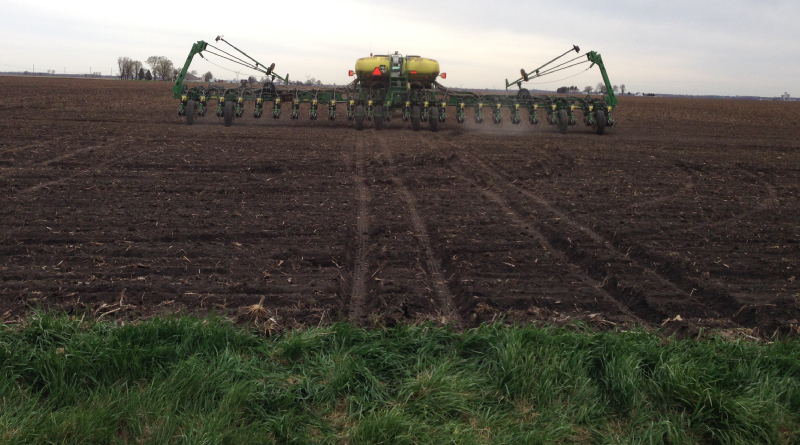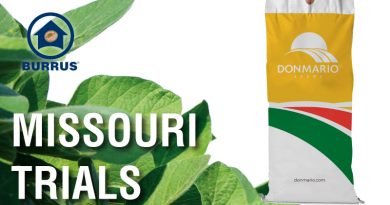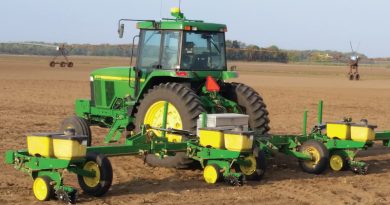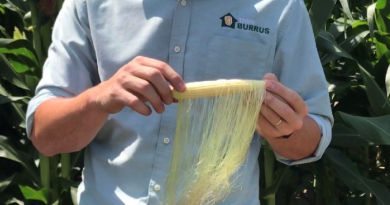Managing continuous corn
Chris Brown, Field Agronomist
When considering crop rotation each year, it is important to make informed decisions. One option, continuous corn, can be very profitable if properly managed. The key to managing corn, specifically continuous corn, is stress mitigation. How do you minimize the stress on next year’s corn crop now before a kernel is planted? It is possible through a series of factors in developing your plans for the upcoming growing season.
Field selection can be the most crucial factor to maximizing profitability of continuous corn. Think of your best acres and the qualities that make them the best. Highly fertile, well drained and healthy are ways to describe these farms. Starting with fertile fields help keep excessive fertility costs at bay, without having to compensate for soil deficiencies. If this year has taught us anything, it is the value of well drained soils at planting. Being able to plant corn-on-corn acres timely into good soil conditions will allow the best yield potential while minimizing crop stress. Fields with a history of plant health issues put excessive stress on the crop; therefore, select acres with the lowest incidence of disease in the past.
Residue management is another key part of successful corn-on-corn crops. Excessive residue can hold moisture, reduce spring soil temperatures, provide a host for diseases to overwinter and utilize nitrogen intended for the crop. There are varying ways to manage residue including: chopping stalks, tillage to incorporate residue into soil in the fall and strip-tilling. Whichever way you decide the manage residue in your field, be sure to account for the side effects of excessive residue associated with continuous corn.
Fertility management also plays a vital role in corn-on-corn fields. Stress associated with nutrient deficiencies can have season-long effects on yield, even if resolved. It is important to remember most stressors cause yield penalties which cannot be recaptured. Ensuring the crop never wants for nitrogen and other nutrients throughout the growing season is key. Balance is important when developing a nitrogen management plan. The crops needs adequate nitrogen throughout its life cycle; however, excessive nitrogen will minimize return on investment and leave farm fields via runoff. Decide the method and timing of application best for you and your operation but remember pre-season foundation applications are the best way to start.

Hybrid selection is always important, but its value increases in continuous corn applications. The added stress must be accounted for; a hybrid without the ability to handle stress will struggle throughout the season and most importantly at harvest. Along with stress tolerance, a plan to manage corn rootworm in these fields either with soil applied insecticides or traits is needed. If utilizing traits, it is important to select hybrids equipped with the traits that work best in your region.
It is important to understand corn-on-corn is much more management-intensive than corn following beans. Being proactive throughout the season, with a focus on managing stress, you can be successful with a continuous corn crop. To discuss managing continuous corn on your farm, please contact your Burrus Representative.
This article was originally printed in the 2019 Burrus Harvest Report.






